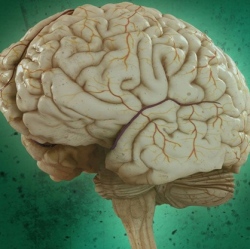
Improving our understanding of what causes autism spectrum disorder (ASD) can lead to better drugs and more precise methods of diagnosis. As it stands there are no reliable biomarkers for ASD, with previous research implicating hundreds of genes in the condition.
But now a team of scientists has zeroed in on defects in a particular signaling pathway that may be responsible for cognitive impairments associated with the condition.
Though hundreds of different genes are known to be associated with ASD, many of these have also been found to be part of the same signaling pathway. This has lead scientists to believe that multiple defects along this pathway may combine to bring about significant functional change.
Studying the skin biopsies of patients with three different forms of ASD, scientists from the University of California, Irvine (UCI) have discovered this convergence of defects in the calcium signaling channel in the endoplasmic reticulum (ER). The ER belongs to a group of specialized membrane structures within cells called organelles.
As calcium is used to carry information between neurons in the brain, along with activating other cell functions such as regulating learning, memory and others associated with ASD, the scientists say that the defected pathway represents a possible reliable biomarker for diagnosing the condition.
"We propose that the proper function of this channel and its signaling pathway is critical for normal performance of neurons and that this signaling pathway represents a key ‘hub’ in the pathogenesis of ASD," says Dr Ian Parker from the UCI Center for Autism Research & Translation.
The pathway is called the inositol trisphosphate receptor (IP3R) and the researchers are now working to establish whether or not these defects are present across the entire autism spectrum, which means expanding the study to examine more children with and without typical ASD. This will involve behavioral testing, sleep, EEG, biochemical testing and the sequencing of their entire genomes.
